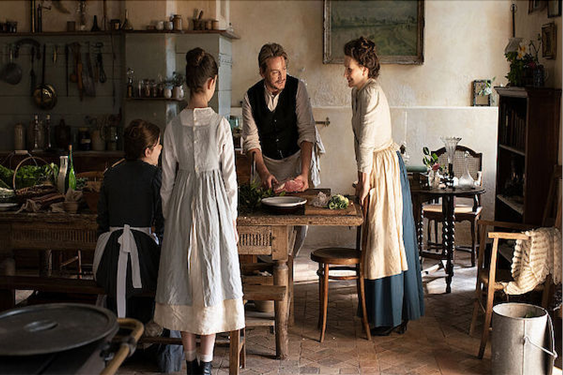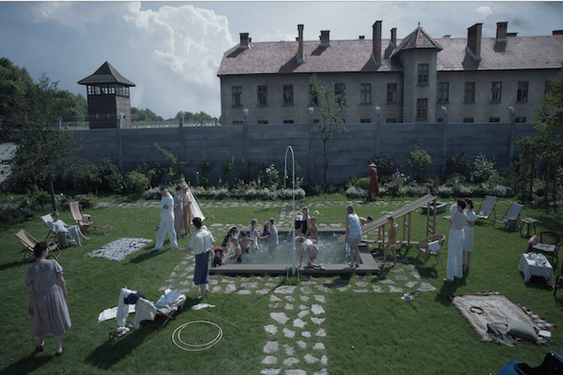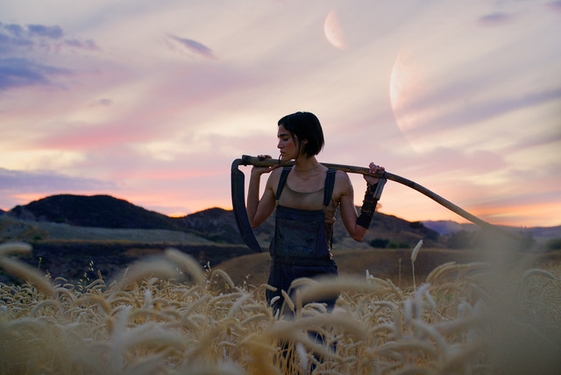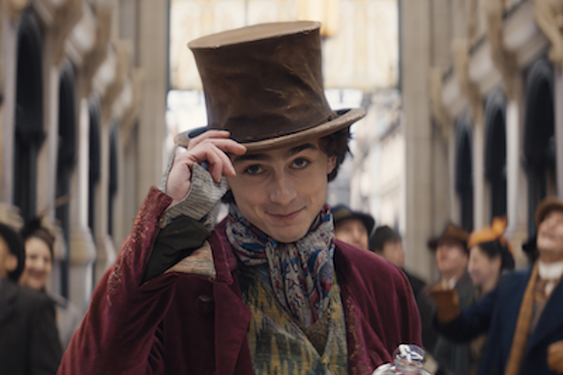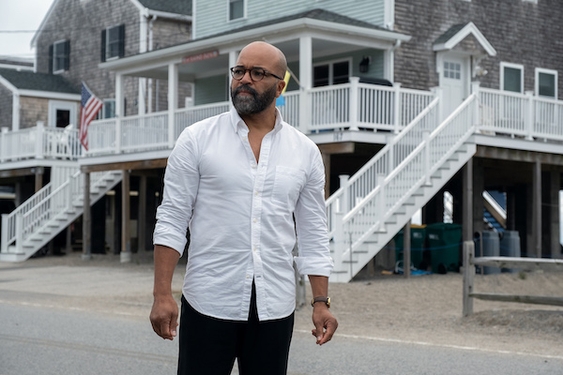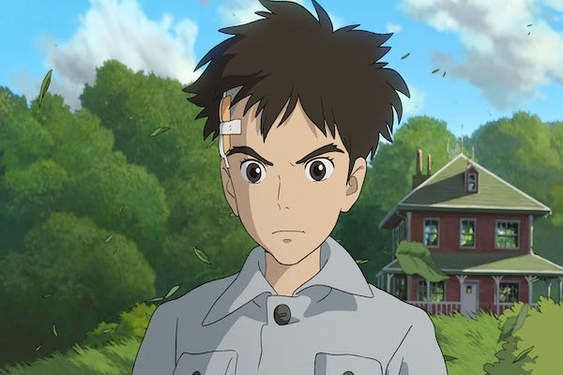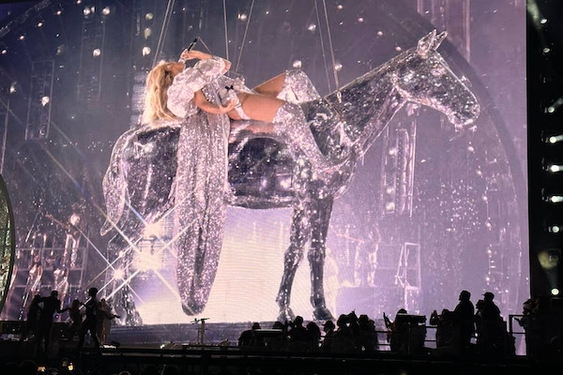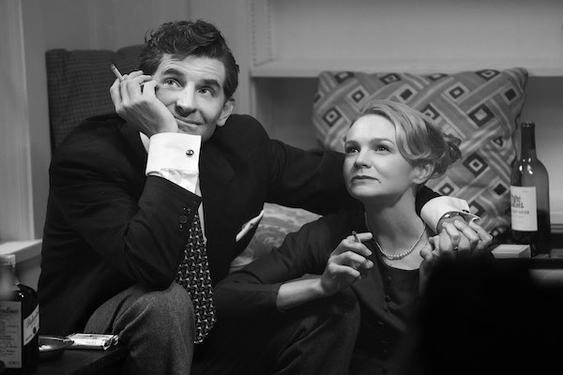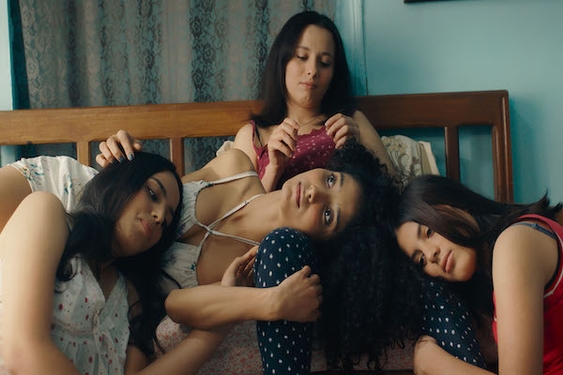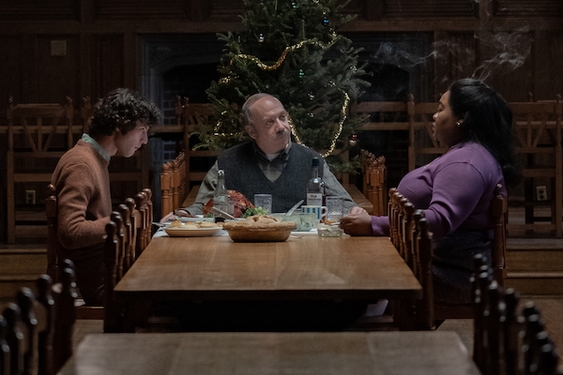It’s what every child dreams of: night falls, the lights are out and suddenly the inanimate objects that innocuously surround us during the day come to life. In the sequel to the its mightily successful, if faultily executed, 2006 predecessor, a film which raked in $250 million, Night at the Museum: Battle of the Smithsonian maintains all the franchise’s previous conceits, but ratchets up the creativity and execution level.
The film’s original creative team, director Shawn Levy (Cheaper by the Dozen, The Pink Panther) and writing duo Thomas Lennon and Robert Ben Garant (the co-creators of “The State” and “Reno: 911!”), have returned for the sequel, but with a less frantic, chaotic vision. The second Night at the Museum film has the rare esteem of being a definite improvement on the original.
Ben Stiller, recycling his usual, though enjoyable, sardonic shtick, reprises his role as Larry Daley, once the Museum of Natural History’s night guard, now an infomercial king whose creative inventions have earned him millions. When he stops by his old stomping grounds for a visit, he finds his friends (re-introduced during an opening credit montage) have been packed away in coffin-like crates destined for deep storage at the Smithsonian so they can be replaced by interactive holographic displays.
Joining the original cast, including a surprisingly lackluster Owen Wilson and the eternally brilliant Robin Williams, is the absolutely stellar Amy Adams, who seems to be channeling Katharine Hepburn, as Amelia Earhart. Hank Azaria, one of the most talented voice actors of our time, is delightful as Kahmunrah, a temperamental, if unintimidating, pharaoh on a quest for world domination with the help of Ivan the Terrible (Christopher Guest, in a surprisingly unnoticeable role), Napoleon and Al Capone. “Saturday Night Live”’s Bill Hader manages to shine in each scene he’s given as a blustery and insecure General Custer.
Battle of the Smithsonian’s best moments are when the fantastical and the familiar collide; a Jeff Koons balloon dog hopping around while one of Degas’ dancers practices pirouettes, the appearance of Oscar the Grouch, Darth Vader and Clint Howard, reprising his Apollo 13 role, or a boy band of cupids voiced by the Jonas Brothers. Whimsical, well-intentioned and filled with many great performances, the film’s occasional holes, stumbles and shortcomings are easily forgivable.
Film: Movie Reviews
Night at the Museum: Battle of the Smithsonian
(Twentieth Century Fox)
By Sasha Perl-Raver

Larry Daley (Ben Stiller) and Amelia Earhart (Amy Adams) behold exhibits come to life.
(Credit: Doane Gregory)
Grade: B
Night at the Museum: Battle of the Smithsonian is currently in theaters.
Article posted on 6/1/2009
This article has been viewed 1913 times.


